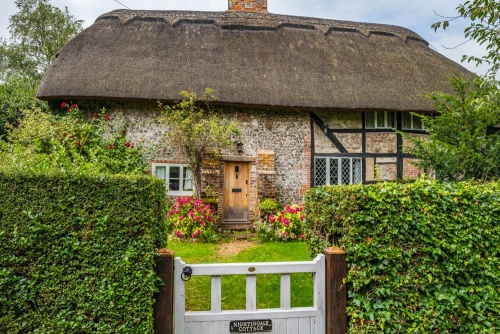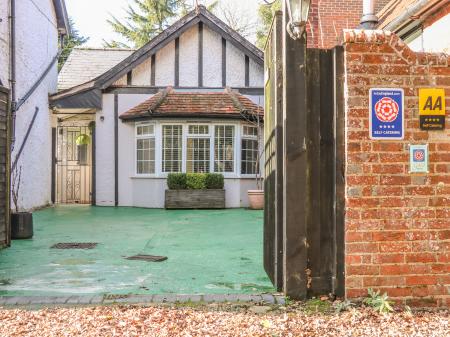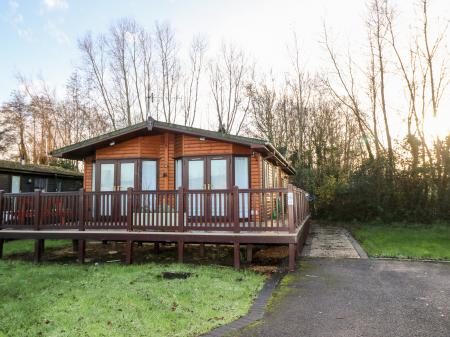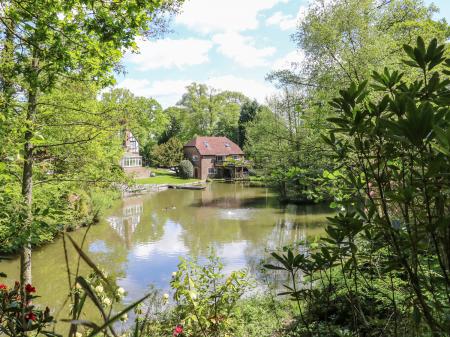
Within the church is the grandiose chantry chapel of the powerful De La Warr family. The chapel is strangely empty, as the De La Warr's were actually buried at Broadwater rather than here in Boxgrove.
Outside the church stand the ruins of the 13th-century guest range and earlier cloisters.

In 1993 a fascinating discovery was made by archaeologists excavating at a gravel pit outside Boxgrove. They found the thigh bone of an early humanoid being, who was nicknamed 'Boxgrove Man'.
A signposted footpath leads from the village hall car park to Halnaker Windmill, a restored tower mill built perhaps as early as 1740.

In the heart of the village stands the Countess of Derby's Almshouses, founded in 1741 by Mary, the Dowager Countess of Derby, the daughter of Sir William Morley of Halnacker House, which stands half a mile to the north.
The almshouses were built to provide accommodation and support for 'poor aged or infirm women' of Boxgrove, East Lavant, and Tangmere parishes. Attached to the almshouse were schools for poor boys and girls.

Immediately south of the almshouses is Nightingale Cottage, a picturesque 16th-century thatched and timber-framed cottage with brick infill.
There is free visitor parking at the village hall, just north of the almshouses on The Street, and a separate, dedicated car park for Boxgrove Priory.
 We've 'tagged' this attraction information to help you find related historic attractions and learn more about major time periods mentioned.
We've 'tagged' this attraction information to help you find related historic attractions and learn more about major time periods mentioned.



